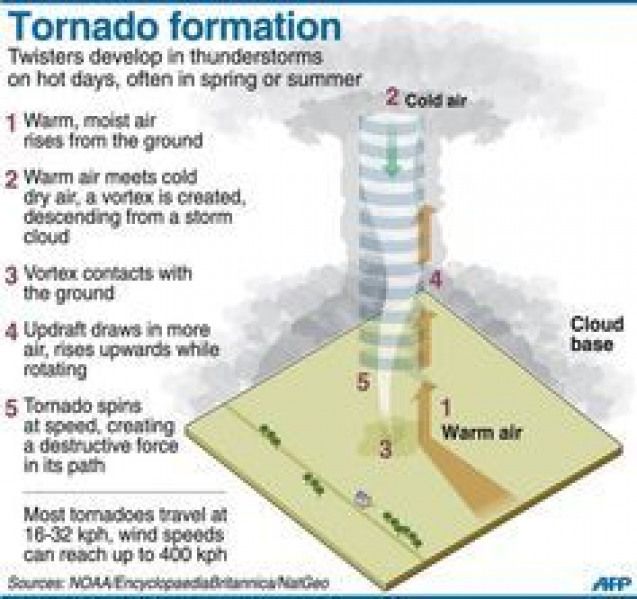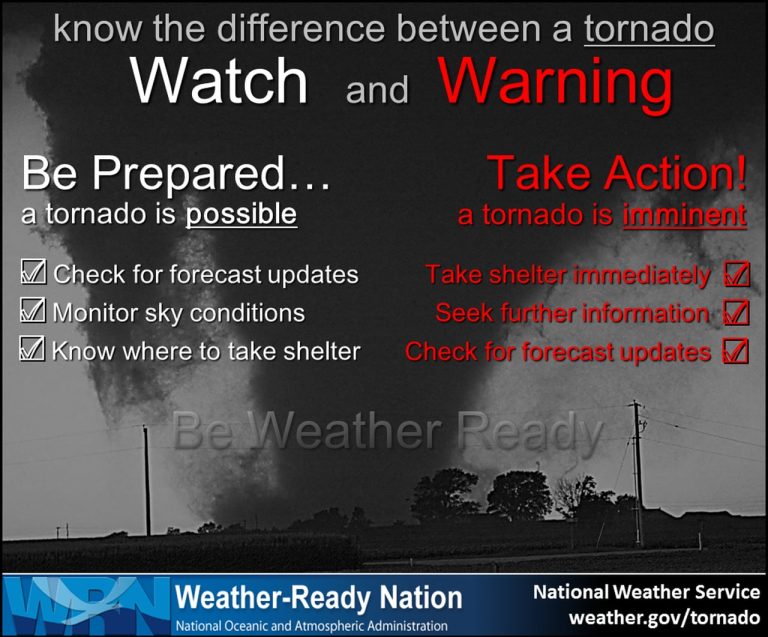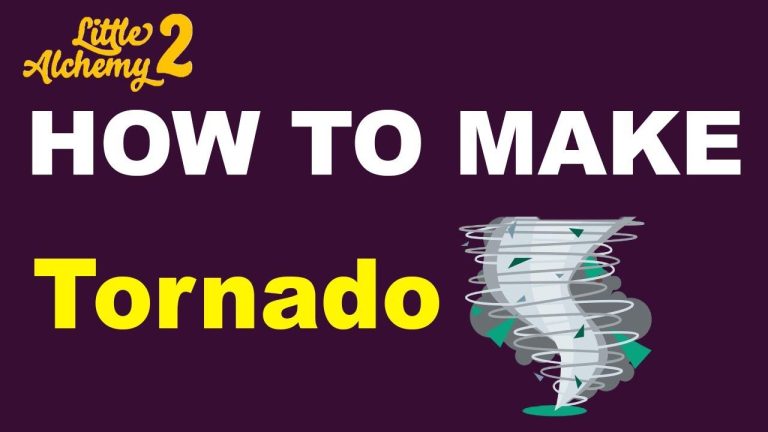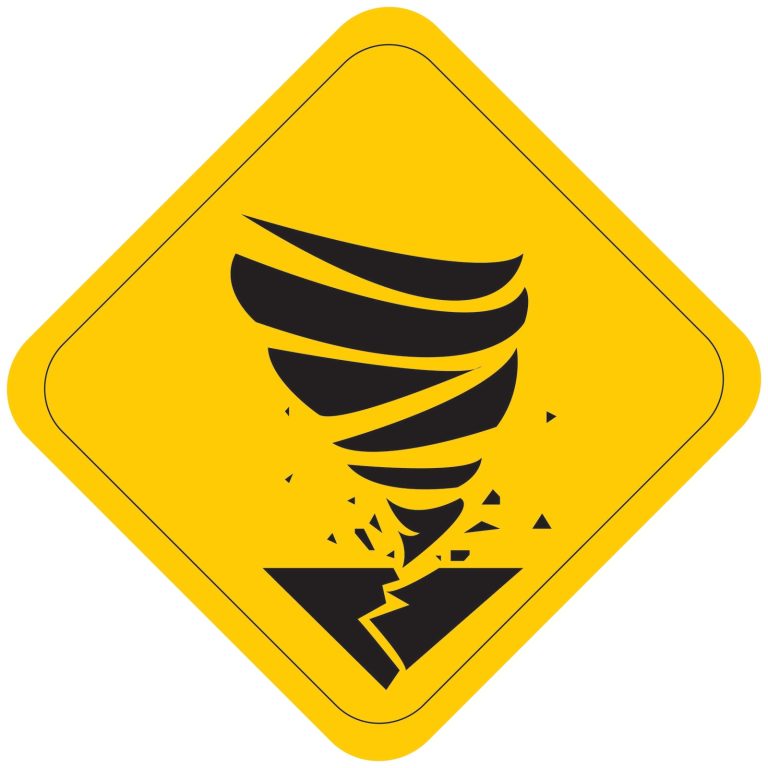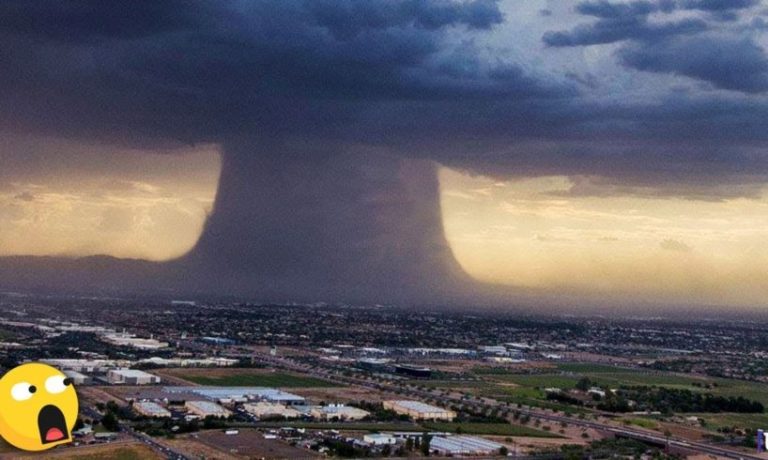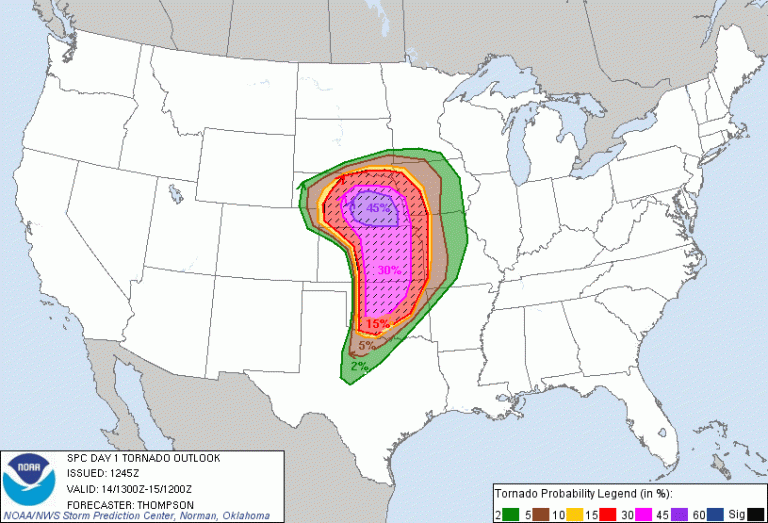What Direction Does A Tornado Spin
Tornado is one of the most devastating natural disasters that can occur, and understanding its behavior is crucial in mitigating its impact on human lives and property. One common question that people have is, “What direction does a tornado spin?” In this article, we will delve into the fascinating world of tornadoes and explore the answer to this intriguing question.
**The Answer: Tornadoes can spin in different directions depending on their location. In the Northern Hemisphere, tornadoes typically rotate counterclockwise, while in the Southern Hemisphere, they rotate clockwise. This phenomenon is known as cyclonic rotation.**
The Science Behind Tornado Spin Direction
Tornadoes are powerful rotating columns of air that form in severe thunderstorms. They are created by a combination of atmospheric conditions that include wind shear, instability, and moisture. The direction in which tornadoes spin is primarily influenced by the Coriolis effect, which is a result of the Earth’s rotation.
The Coriolis effect causes moving air masses to curve as they travel over the Earth’s surface. In the Northern Hemisphere, the deflection is to the right, while in the Southern Hemisphere, it is to the left. This effect on tornadoes leads to their counterclockwise rotation in the Northern Hemisphere and clockwise rotation in the Southern Hemisphere.
Tornado Spin Direction and Wind Speed
The rotation of a tornado is not solely determined by the Coriolis effect. Other factors, such as the interaction between the updraft and downdraft within the storm, can also influence its spin direction. Additionally, tornadoes can exhibit different wind speeds at different heights above the ground.
Typically, the fastest winds in a tornado are found near the surface, where the wind direction aligns with the tornado’s overall rotation. As you move higher into the tornado’s funnel, the wind speeds decrease, and the wind direction may vary. This variation in wind speed and direction can create complex patterns within a tornado.
Exceptions to the Rule
While tornadoes generally follow the cyclonic rotation pattern, there are exceptions to this rule. In rare cases, tornadoes can exhibit anticyclonic rotation, which is opposite to the norm. Anticyclonic tornadoes spin clockwise in the Northern Hemisphere and counterclockwise in the Southern Hemisphere.
These anticyclonic tornadoes are less common and tend to be weaker than their cyclonic counterparts. They are often associated with different atmospheric conditions, such as supercell thunderstorms with a specific type of updraft.
Understanding Tornado Spin through Doppler Radar
To study tornadoes and their spin direction, meteorologists use advanced tools such as Doppler radar. Doppler radar can measure the velocity of wind within a storm and provide valuable information about the rotation of a tornado.
By analyzing the Doppler radar data, meteorologists can determine the direction and speed of the winds in a tornado. This data helps in issuing timely tornado warnings and understanding the tornado’s behavior, including its spin direction.
Frequently Asked Questions
1. Can tornadoes change direction?
Yes, tornadoes can change direction as they move along their path. The shift in direction can occur due to various factors such as changes in the storm system’s wind patterns or interaction with the terrain.
2. Do tornadoes always follow the same path?
No, tornadoes can take unpredictable paths. While they often move in a straight line, they can also change direction abruptly or even move in a circular motion. It is essential to stay updated with weather forecasts and warnings to stay safe during tornado events.
3. How can I protect myself from a tornado?
When tornadoes threaten, it is crucial to seek shelter immediately. The safest place is a basement or an interior room on the lowest level of a sturdy building. If a tornado is approaching while you are outside, find a low-lying area and lie flat, covering your head with your hands. Do not seek shelter under bridges or overpasses.
4. Are tornadoes becoming more frequent or powerful?
The scientific community is still studying the long-term trends in tornado activity. While it is challenging to attribute individual tornadoes or specific events to climate change, some studies suggest a possible increase in tornado intensity in certain regions. Further research is needed to understand the relationship between climate change and tornado activity.
Final Thoughts
Tornadoes spinning in different directions depending on their location is just one fascinating aspect of these powerful natural phenomena. Understanding their behavior is crucial in predicting and preparing for potential tornadoes. By being aware of the spin direction and other characteristics of tornadoes, we can take appropriate measures to protect ourselves and mitigate the damages caused by these destructive forces of nature.
Remember, if you find yourself in the path of a tornado, seek shelter immediately and follow the instructions provided by local authorities. Stay safe and be prepared for severe weather events.
**Now that you know the direction in which tornadoes spin, let’s dive into some frequently asked questions about tornadoes.**
Frequently Asked Questions
1. Can tornadoes change direction?
Tornadoes can change direction as they move along their path. Factors such as wind patterns and terrain can influence the tornado’s direction.
2. Do tornadoes always follow the same path?
No, tornadoes can take unpredictable paths. They may move in a straight line, change direction abruptly, or even move in a circular motion.
3. How can I protect myself from a tornado?
Seek shelter immediately in a basement or an interior room on the lowest level of a sturdy building. If caught outside, find a low-lying area and lie flat, covering your head with your hands.
4. Are tornadoes becoming more frequent or powerful?
Long-term trends in tornado activity are still being studied. While specific events cannot be attributed to climate change, some studies suggest a possible increase in tornado intensity in certain regions.
Final Thoughts
Understanding the behavior of tornadoes, including their spin direction, is essential for staying safe during severe weather events. By staying informed and following safety guidelines, we can minimize the risks associated with tornadoes and protect ourselves and our communities. Stay prepared, be vigilant, and take necessary precautions to ensure your safety during tornado events.
